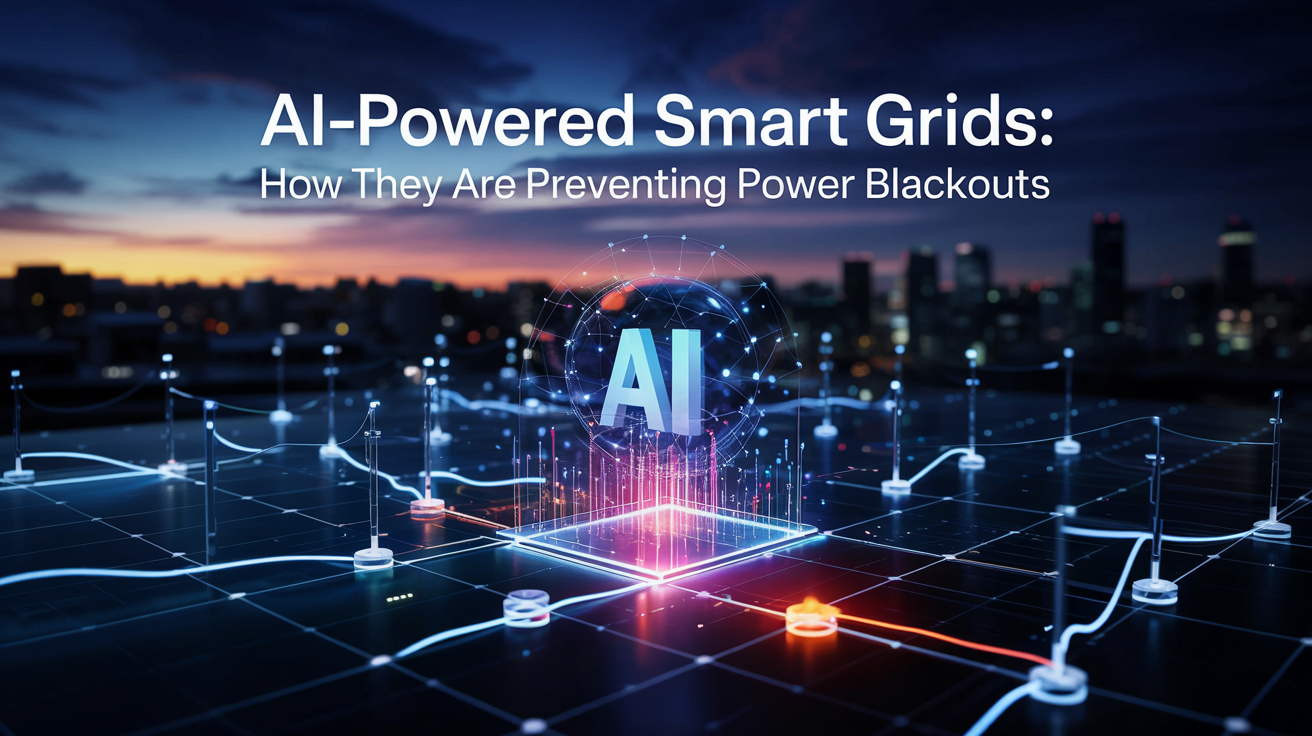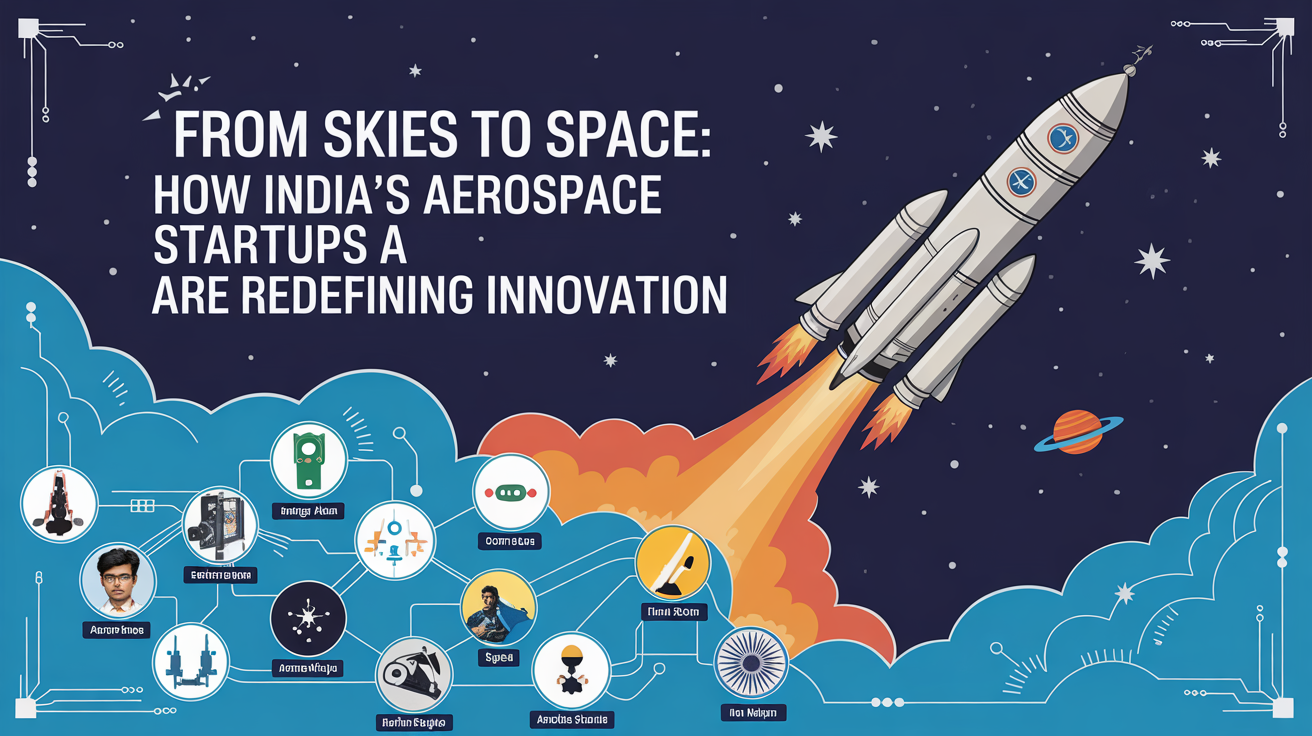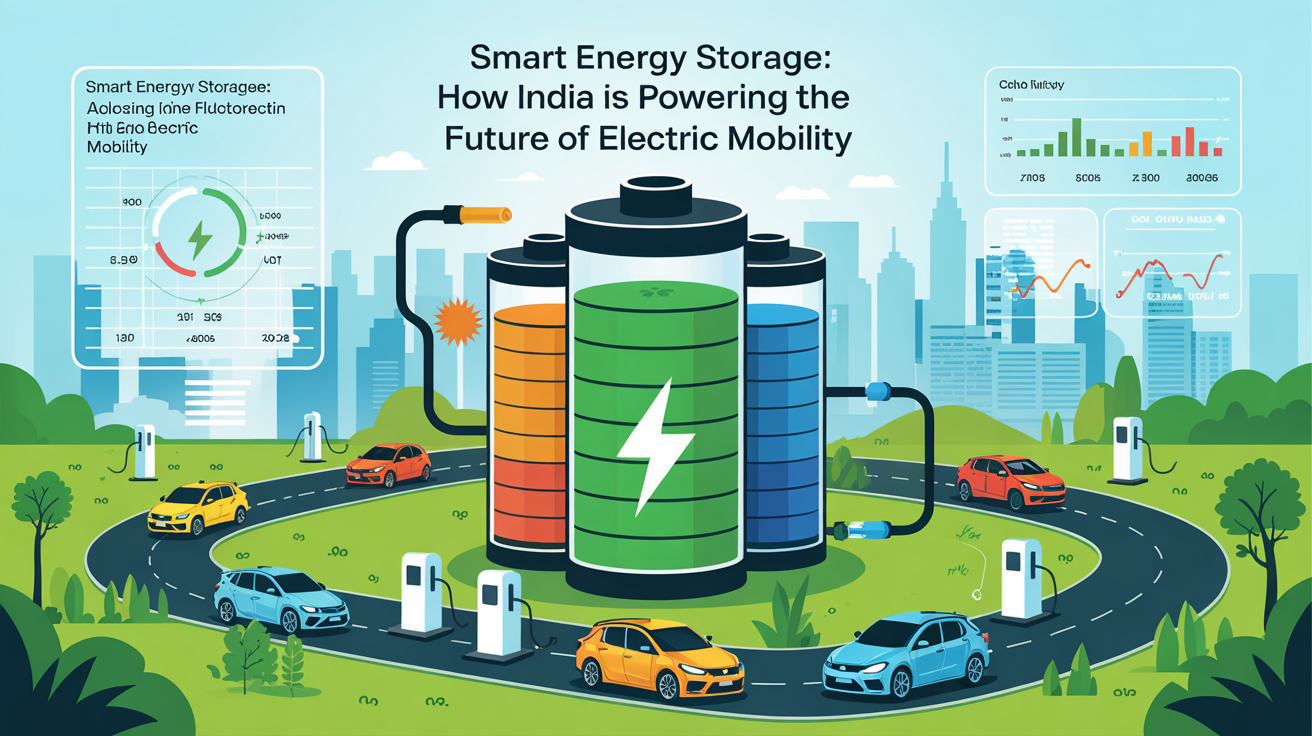Nowadays, smart grids technology is almost ubiquitous since all aspects of human existence, from households to businesses and even all modes of transport and data centers, depend on electricity. Power outages, more than anything else, tend to disrupt this fast-moving world. Now, because the world’s energy consumption is on the rise, power grids must also put their priorities straight in terms of reliability, efficiency, and functionality. Enter the AI-driven smart grid-the paradigm-altering technology that is revolutionizing electricity delivery and management.
What Are Smart Grids?
As a smart grid, an advanced electricity network collects telemetric data from sensors and uses automation to offer real-time data in managing generation, transmission, and consumption of electricity. Unlike ordinary grids, smart grids can immediately monitor and react to changes in demand and supply. This flexibility allows for greater integration of renewable sources, increased efficiency, and enhanced reliability.
These systems, when combined with artificial intelligence, make them a lot richer in addition to introducing predictive analysis, automated decision-making, and self-healing capabilities to prevent blackouts while optimizing the intelligent management of electrical delivery.
Also Read: Electric Vehicle Manufacturing in Maharashtra: A Rising Industrial Powerhouse
The Emerging Challenge of Power Blackouts
Natural disasters, equipment failure, grid overload, cyberattacks, or even human errors can cause power outages. The consequences can be annoying but rather less disastrous than economically devastating or life-threatening, as in the case of hospitals, data centres, and emergency services. The traditional grids are not well-equipped to stand up against:
- Aged infrastructures
- Centralized control systems
- Limited visibility interference across networks
- Ineffective integration of the distributed renewable source
Smarter and adaptive systems are needed here. This is exactly where AI comes in.
How AI Helps Power Blackouts from Occurring.
1. Predictive Maintenance and Fault Detection
Predictive maintenance is one of the most transformational features that artificial intelligence has added to the smart grid. AI uses the data collected from sensors placed at different points of the entire power infrastructure to predict the wear, malfunction, or possible failure of equipment.
For example, a transformer with abnormalities in temperature patterns and oscillation will be flagged by the AI for maintenance before the transformer fails. Thus, unexpected breakdowns and outages can be reduced considerably.
2. Demand Forecasting and Load Balancing
Electricity demand varies at different times of the day. AI-powered smart grids, through machine-learning programs, can predict electricity demand in real time by analysing historical data, weather patterns, consumer habits, and even social trends.
3. Data Involvement in Renewable Energy Integration
Energy from renewables provides a great backbone for a sustainable future. What they are is intermittent, but moving energy through AI can predict how much will be produced based on weather forecasts and optimize their usage of battery storage accordingly.
Smart grids are AI-enabled systems of the future that let power from renewable sources be used, distributed, and stored economically, eliminating the use of backup fossil-fuel sources as well as lessening the energy shortfall risk.
Automated Grid Reconfiguration
Traditional grids often call for field intervention to re-route power in case of any disturbance, such as with a fallen power line. Smart grids with AI technology can identify the fault on their own and reroute electricity as needed to unaffected areas in real time, thus keeping the lights on as much as possible while minimizing the attention of localized problems.
The self-healing attribute constitutes one of the most powerful attributes of these AI systems, thus enabling faster response times for improved grid resilience.
Read our Blogs: Empowering Indian Enterprises: The New MSME Definition Explained (2025)
Cybersecurity and Threat Detection
The more digitized energy infrastructures become, the more susceptible they will be to cyberattacks. AI protects such enhanced smart grids by revealing unusual data traffic patterns, probably due to intrusion or malware attacks.
Early threats should be identified and reacted to using the machine learning models and automated response isolation/neutralization action techniques that they are being trained on.
Real-world applications
Some countries and companies already use AI in their smart grid systems:
- Real-time monitoring of the electricity distribution in Singapore’s SP Group; thus, it sustains stable power in a densely populated urban setting.
- In the US, the aggressive investment in smart grid technologies has been done by the Department of Energy. Utilities like PG&E and Duke Energy, in line with this, also use AI in predictive maintenance and outage responses.
- India incorporates AI in projects like the National Smart Grid Mission to manage its sheer massive and diverse power needs while integrating renewable energy sources.
- Germany relies on smart grid technologies to coordinate this ambitious transformation. The strategy relates to such a transformation into renewables.
Read Similar Blogs: Major Industries in Odisha: Powering Economic Growth
Obstacles and Possible Solutions
With all this promise, AI-powered smart grids face several difficulties, such as:
- Smart meters and sensors provide huge amounts of user data. OLALAN 65A: Ensuring privacy while working on this data is a key question.
- Considerable amounts of capital are required for upgrading existing infrastructure and deploying AI systems.
- Utilities have to train engineers who will operate AI tools and comprehend complex data outputs.
- Governments and regulators must hasten their adaptive mechanisms.
- AI models into smart grids are the making of smart power systems.
Closing Thoughts
AI-powered smart grids are more than a tech upgrade. They are a necessary evolution in confronting climate change, severe shortages of energy, and crippling failures of infrastructure. AI brings adaptive, predictive, and resilient traits to energy systems that help prevent power blackouts even before they occur. Increased cities’ intelligence implies more electricity is needed to maintain digital lifestyles. Any investment in AI-enhanced smart grids can be termed obligatory.










